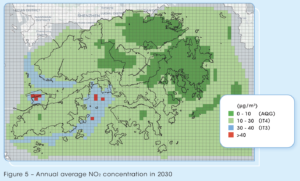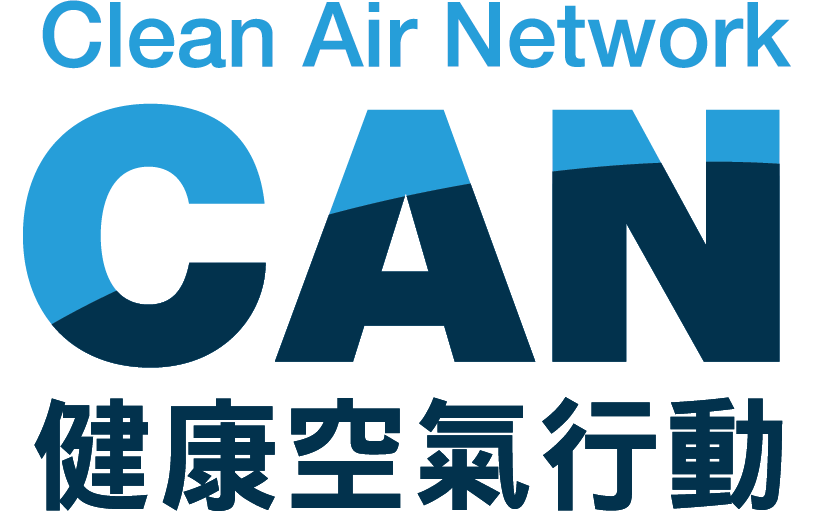
Response to Air Quality Objectives Review Public Consultation
Regarding the 2-month public consultation on Air Quality Objectives (AQOs) review launched by the Environment and Ecology Bureau (EEB) in 31 August, Clean Air Network (CAN) has the following response:
- Unable to meet WHO standards to protect public health
The proposed amendments by the EEB, though tightened, still mostly fall short of the safe levels laid down by the World Health Organization Global Air Quality Guidelines (WHOAQGs). According to the School of Public Health of the University of Hong Kong, it is estimated that unsafe air pollution levels in Hong Kong leads to 3,500 premature deaths per year. CAN believes that the AQOs should be swiftly tightened to meet WHOAQGs in order to protect public health.
Unfortunately, the current review is based on an assessment of the air quality in 2030 – the AQOs are adjusted to a level that is expected to be met by the assessed air quality. In other words, the AQOs are accommodating policy measures, which is, in our opinion, putting the cart before the horse. To safeguard public health, the EEB should set more stringent AQOs, with a clear goal of meeting the WHOAQGs, so as to promote policies to meet emission reduction targets.
- No revision to NO2 annual standard despite severe pollution
According to the data from the Environmental Protection Department’s air quality monitoring stations, the annual average concentration of nitrogen dioxide (NO2) has been exceeding the WHO standards for years. In 2022, the annual average concentration of NO2 at roadside stations exceeded WHO standards by 540%, while that at general stations exceeded by 210%.
It is disappointing that the annual average NO2 target has not been adjusted, which remains at 40μg/m3. Based on the projected air quality in 2030 in the consultation paper, the average annual NO2 concentration in only a few areas will exceed 40 µg/m3, including the proposed location of the Kau Yi Chau artificial islands, while most of the remaining areas can reach the WHO Interim Target 4 (IT4) or even the WHOAQGs, which once again reflects that it is not reasonable to have the AQOs to accommodate the projections and policies.


(Source: Consultation material)
3. Ozone rising trend uncontrolled
Ozone concentration in Hong Kong continues to rise, with the average concentration in 2022 reaching the second highest level on record, but the 8-hour average AQO has not been tightened. Despite the introduction of the new “peak season” standard, ozone continues to rise, as suggested by the 2030 air quality projection in the consultation paper. CAN urges the ozone standard to be further tightened and measures should be in place to reduce pollution.

